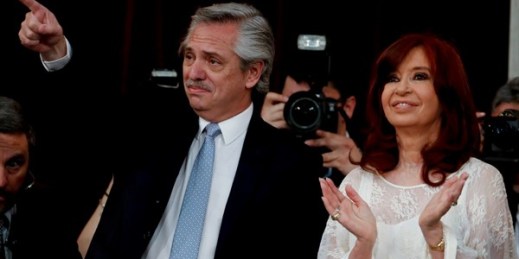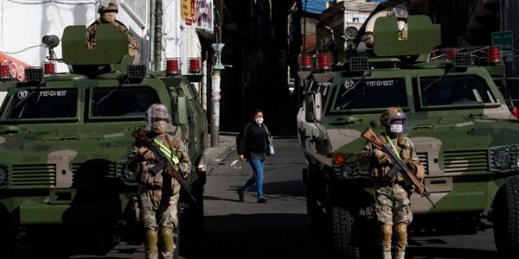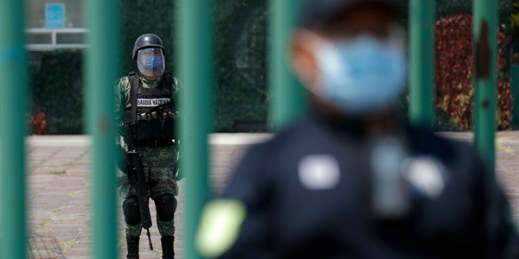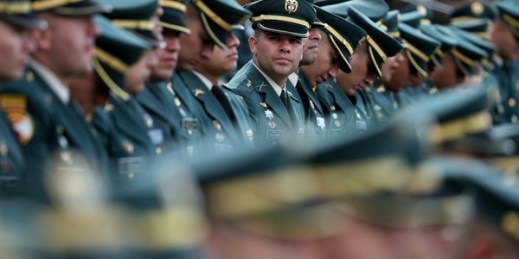
In December 2019, a new Argentine president was sworn in amid considerable upheaval, promising to wrest the country from its endless cycles of boom and bust. His predecessor’s efforts to reform the economy and finally unleash the country’s great potential had to come to naught. On almost every economic indicator, Argentina was actually worse off than when he had taken office four years before and, once again, the country faced the dreaded specter of foreign debt default. Though that brief summary refers to the presidential transition from Mauricio Macri to Alberto Fernandez, change the names and dates and this could […]



